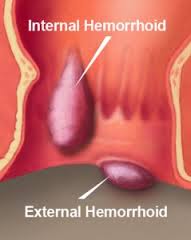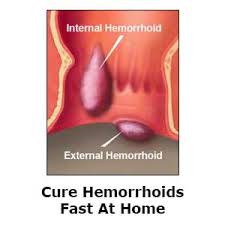How to get rid of keratosis pilaris

Do you have red, bumpy lumps on your upper arms? Do you find that your legs come out in a rash when your skin is dry, or during the winter months?
If so, it’s possible that you’re suffering from the skin condition, keratosis pilaris. While these rashes look unsightly, and can sometimes get inflamed or itch, the good news is that it’s relatively harmless. The bad news is, that there’s no known cure. However before you resign yourself to a lifetime of long sleeved shirts and full length pants, be assured that there’s plenty of things you can try to reduce the appearance of the spots, so if you want to know how to get rid of keratosis pilaris, read on.
Keratosis pilaris affects more than half of the adolescents around the world. Yet there is no definitive cure. It occurs when your body starts to produce an excess of the protein keratin, a creamy , white substance found in the tough, outer layer of your skin. This collects in the hair follicles to form a little plug, blocking the exit for the hairs developing in the follicle. These little plugs not only create raised, spiky bumps, but also affect the hair’s ability to grown normally. Often the hair will grow in a curled shape within the follicle itself, becoming inflamed and causing the skin around it to become red and angry.
Luckily there are several things you can do to improve the appearance of the skin. Firstly you should use non-soap based cleansers on your skin rather than soap, as this tends to dry the skin out, and make the bumps more obvious. Secondly you should take the time to moisturise any bumpy areas on a regular basis to keep the skin soft and supple.
Creams containing ingredients such as salicylic acid, lactic acid or urea are often recommended, as these not only moisturise the skin, but contain natural exfoliants which will remove the top layers of skin, and loosen the keratin plugs. If you find that topical creams are not strong enough alone, use a rough wash cloth or pumice stone on the areas, but be careful not to rub too hard, especially if you’re using a pumice stone, as this can remove too much skin, and make the area very sensitive and sore.
If you find that your keratosis pilaris is causing you a lot of discomfort, a trip to your physician or a dermatologist may be the answer. They’ll be able to prescribe other treatments, such as retinol creams, chemical peels and dermabrasion which, while not specifically designed for treatment of this condition, have been known to improve it considerably.









